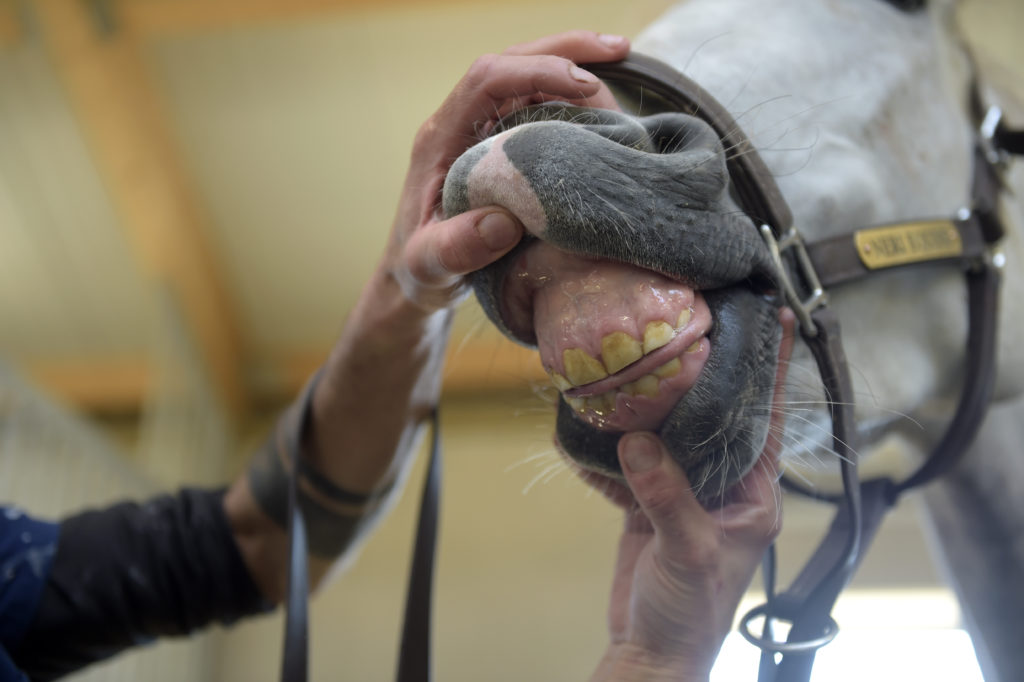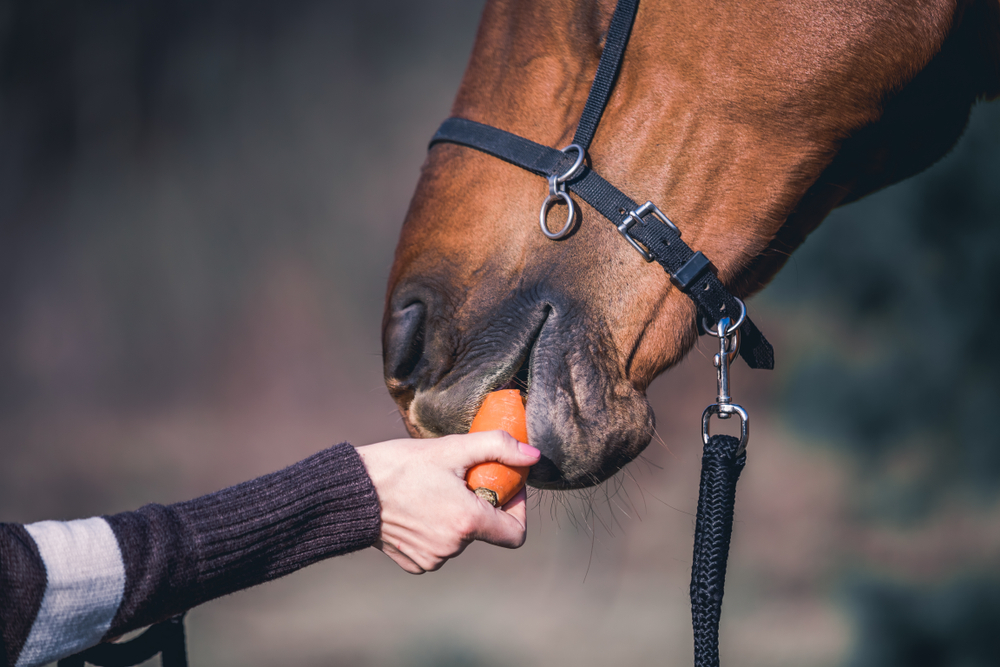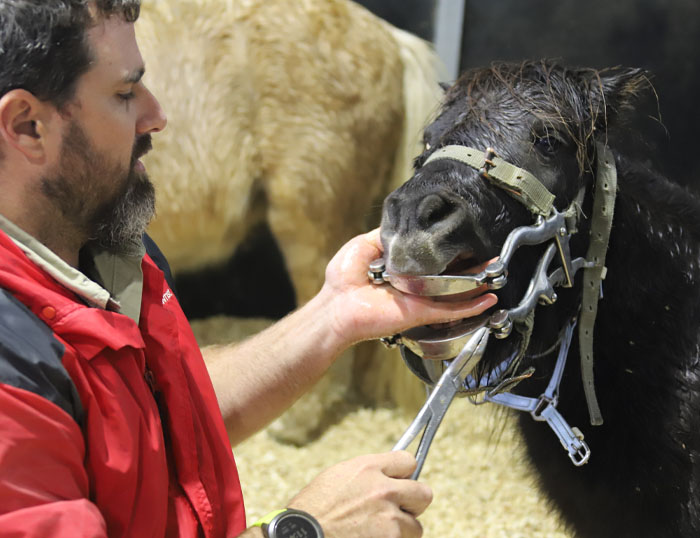Horse jaw alignment is a crucial aspect of equine health that often goes unnoticed. A horse’s jaw alignment affects not only its ability to chew food properly but also impacts its overall health and performance. In this article, we will delve into the intricacies of horse jaw alignment, its significance, and how to ensure your horse maintains optimal jaw health.

What is Horse Jaw Alignment?
The term horse jaw alignment refers to the proper positioning of a horse’s jaw and teeth. Just like humans, horses require their teeth to be aligned correctly to chew food efficiently and avoid health issues. Misalignment can lead to various problems, including difficulty in eating, weight loss, and behavioral changes.
Importance of Proper Jaw Alignment
Proper horse jaw alignment is essential for several reasons. It ensures that the horse can chew food properly, which is vital for nutrient absorption and digestion. Additionally, correct alignment prevents dental issues such as sharp molars and oral tumors, which can cause discomfort and lead to more severe health problems.
Causes of Jaw Misalignment
Several factors can contribute to jaw misalignment in horses. These include genetic predispositions, injuries, and improper dental care. Regular dental check-ups are crucial to identify and address any alignment issues early on.
Signs of Misaligned Jaw
Recognizing the signs of a misaligned jaw can help in early intervention. Common signs include difficulty chewing, dropping food, weight loss, and unusual head movements. Behavioral changes, such as increased irritability or reluctance to work, can also indicate jaw misalignment.
Behavioral Changes
Changes in a horse’s behavior can often be linked to dental issues. If you notice your horse displaying unusual behavior, it might be time to consider a dental examination. For more information, check out this guide on horse behavior and tooth issues.
Diagnosing Jaw Alignment Issues
A thorough dental examination performed by a qualified equine dentist is essential for diagnosing jaw alignment issues. Advanced diagnostic tools such as X-rays and dental endoscopes may be used to gain a better understanding of the problem.
Treatment Options
Treatment for jaw misalignment depends on the severity of the issue. Common treatments include dental floating, which involves filing down sharp edges on the teeth, and corrective dental procedures. In severe cases, surgical intervention may be necessary.
Preventive Measures
Preventing jaw misalignment involves regular dental care and monitoring. Routine dental check-ups, proper nutrition, and addressing any dental issues promptly can help maintain your horse’s jaw health. Learn more about examining a horse’s dental health before buying.
Role of Nutrition
Nutrition plays a significant role in maintaining healthy jaw alignment. A balanced diet with adequate fiber helps promote proper chewing and wear of the teeth, reducing the risk of misalignment.
Regular Dental Check-Ups
Regular dental check-ups are vital in preventing and addressing jaw alignment issues. A comprehensive dental exam typically involves checking for sharp molars, oral tumors, and other dental irregularities. For a detailed checklist, visit horse mouth exam checklist.
Benefits of Correct Jaw Alignment
Maintaining proper jaw alignment offers numerous benefits, including improved digestion, enhanced performance, and overall well-being. Horses with aligned jaws are less likely to experience discomfort and are generally happier and healthier.
Understanding Equine Dentistry
Equine dentistry plays a crucial role in ensuring proper jaw alignment. It involves routine dental care practices such as floating, extraction, and treatment of dental diseases. For more insights on equine dentistry, visit this equine dentistry guide.
Common Misconceptions
There are several misconceptions about horse dental care. One common myth is that horses naturally wear down their teeth evenly, which is not always the case. Misalignment can occur, necessitating regular dental check-ups.
When to Seek Professional Help
If you suspect your horse has a jaw alignment issue, it’s crucial to seek professional help immediately. A delay in treatment can lead to more severe health problems and compromise your horse’s quality of life.
Conclusion
Understanding and maintaining proper horse jaw alignment is pivotal for your horse’s health and happiness. Regular dental care, proper nutrition, and timely intervention can help prevent and address jaw misalignment issues. For more information on maintaining your horse’s dental health, consider reading about the importance of regular equine dental care.

FAQs
What are the signs of jaw misalignment in horses?
Common signs include difficulty chewing, weight loss, and behavioral changes.
How often should a horse have a dental check-up?
It’s recommended that horses have a dental check-up at least once a year.
Can jaw misalignment affect a horse’s performance?
Yes, jaw misalignment can lead to discomfort and affect a horse’s performance and overall well-being.
This article contains affiliate links. We may earn a commission at no extra cost to you.
